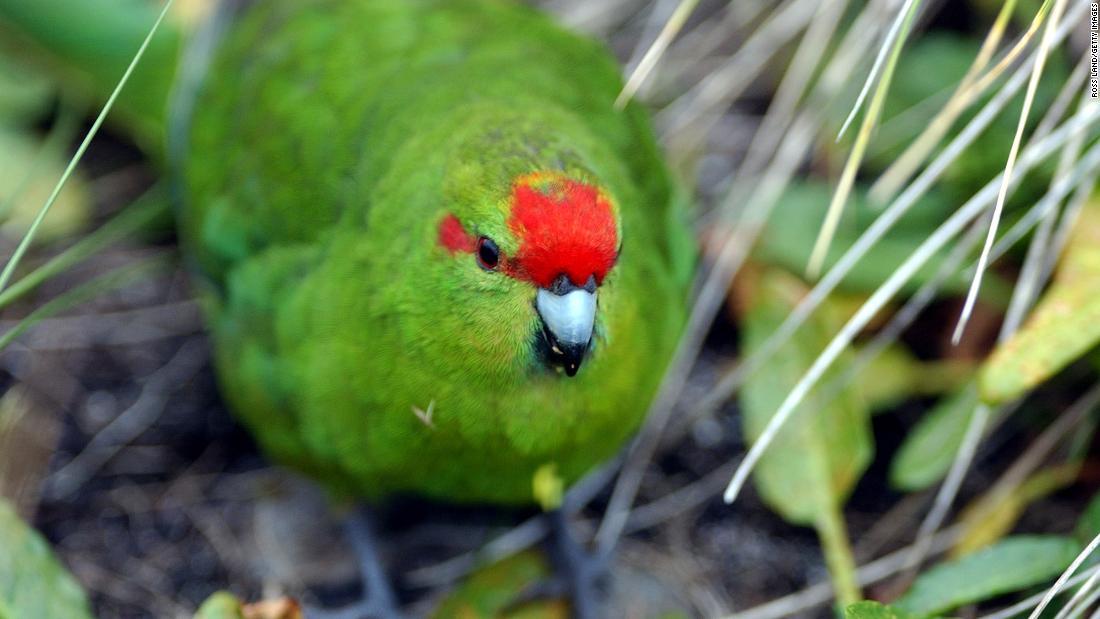This bird was nearly extinct. Now, its population could double thanks to an ‘epic’ breeding season

Staff with the nation’s Department of Conservation say they found at least 150 orange-fronted parakeets have been born this season alone. They discovered 31 new wild parakeet nests — three times the number of nests in recent years.The new births have the potential to double the current population, said Minister of Conservation Eugenie Sage in a statement. And the lovemaking could continue for several more months, as beech trees in the region continue to have one of their largest mast seasons in over 40 years. Mast is the botanical name for nuts, seeds, buds, or fruits that are produced by trees and shrubs and eaten by wildlife.”There has been so much seed on the beech trees, the birds just keep on breeding, with some parakeet pairs onto their fifth clutch of eggs,” Sage said. “This year’s epic breeding provides a much-needed boost to the kākāriki karaka population.”Without such a large beech mast, the birds typically only have just one or two clutches of eggs.There are currently less than 300 orange-fronted parakeets in existenceThe orange-fronted parakeet was once thought to be extinct, but was rediscovered in 1993. The current population is thought to be anywhere between 100 and 300 birds, which is why this mating season is so significant.Conservation efforts in the country have helped increase the population, with organizations breeding the birds and then releasing them into the wild. The birds aren’t the only ones benefiting from the higher beech mast. The increase in seeds also means more rats, stoats and feral cats — all of which pose risks to the bird. Sage said the department’s next steps are to focus on protecting the birds from the rising number of predators.






